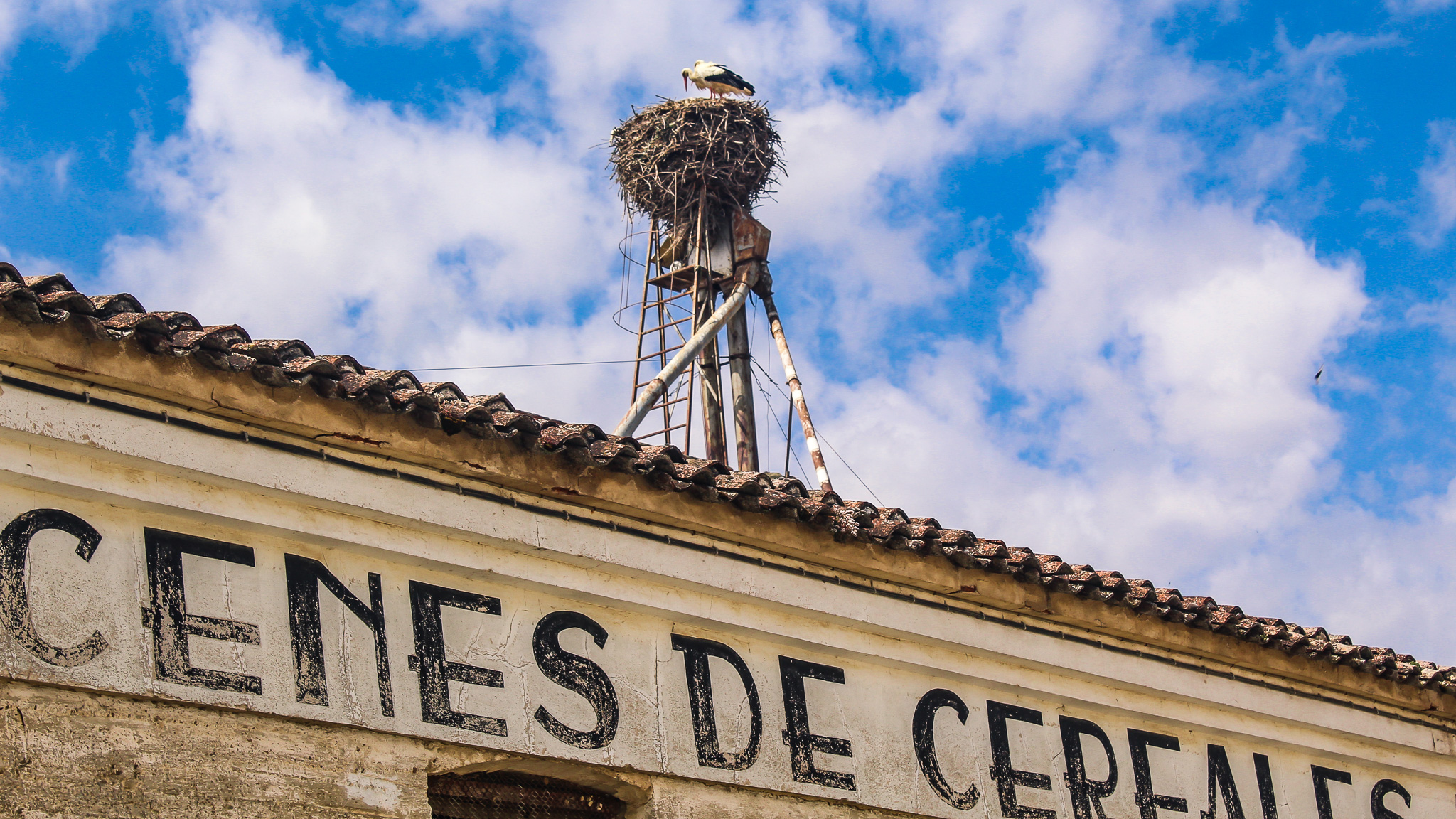In 1066 whilst England’s Harold was unable to repel William the Conqueror and may or may not have been killed by an arrow shot through his eye, a church was begun to be built in Fromista.
Purely Romanesque in style it features twin towers, a domed basilica, arched and columned doorways and windows and eight interior columns topped with elaborately sculptured capitals featuring 309 figures of humans, animals, monsters, vegetables and flowers woven together in stone.

Restored in 1904 the church is in pristine condition and is a fascinating tour through Christian teaching in the early Middle Ages, using legends and fables as well as bible stories to engage and inspire believers.
A striking depiction of the story of the fox and the raven shows how familiar pagan iconography was used to share a Christian meaning, namely never trust a false pretender, or in the case of the fox, a flatterer.
Fromista itself is a simple village of low storey adobe terraced houses fronted with tiled porches. It was busy with pilgrims heading west along the Camino.
We followed the way to the four consecutive locks of the Castilla Canal, ingeniously engineered brick sluices that served to overcome a drop of 46 feet.
Information boards named it ‘The Wonder of the Spanish Enlightenment’ as it was built in the 18th century to link Castille-Leon to the sea. Nowadays unused, it is a picturesque green waterway of more than 200kms passing through the provinces of Palencia, Burgos and Valladolid, and soothing to meander by under a hot midday sun.

Back on the shadeless road in unrelenting noontime heat, we passed slowly tramping pilgrims walking singly or in groups along the dusty roadside track. All were wearing sun hats or cloth hoods, with their heads bowed down and forward, looking straight ahead.
Most were carrying heavy-looking back packs and many had walking poles or staffs. The track was unpaved and stony. Passing them were lycra-clad cycling peregrinos pedalling slowly up the long incline to the hilltop town of Carrion de los Condes, everyone’s lunch stop.
Cyclists can complete the Camino but must travel twice the minimum distance of walkers, so 200kms rather than 100kms, with the necessary stamps to authenticate their journey en-route.

At Carrion of the Counts, we found a different type of peregrino, a horseman. He was travelling with two shiny chestnuts and a piebald pony.
The pony was loaded up with a groundsheet and tent and provisions of fresh vegetables and bread stacked in a plastic box tethered on top of horse and bedding blankets.
The man was unsaddling one of the chestnuts and the second, already loose, was grazing on the green riverbank by the town’s stone bridge, Puente Mayor that crosses the Rio Carrion. Later that night all four would take shelter beneath its arches from a violent thunderstorm.

The Medieval town centre is a wonder of Romanesque architecture and features churches, palaces, two monasteries and a cloister containing the tombs of the counts that lived there.
Being Monday, most of its arcaded shops and cafes were closed which was disappointing for us but must have been more so for the weary walkers arriving for refreshment. Some lay sleeping on stone benches in the shade.

Simon set about recording some of their stories. An excited girl spoke breathlessly in broken English of her praying in the Church of Santa Maria de las Victorias for help for her swollen and hurting feet.
On coming out of the church she spied a foot clinic opposite where the chiropodist was just leaving for a lunch break.
Asking for an appointment she gave her name and the chiropodist confirmed she was already expected later that afternoon, as an appointment had been made. It was a good example of the sort of small miracle that others report in their own pilgrimages, and a pause for thought.
Not everyone makes the decision to walk to explore their faith, but many find it challenges and rewards them in unique and differing ways.











